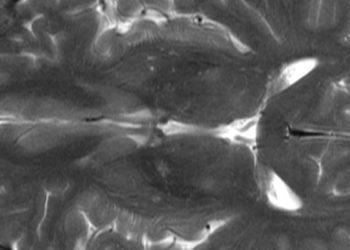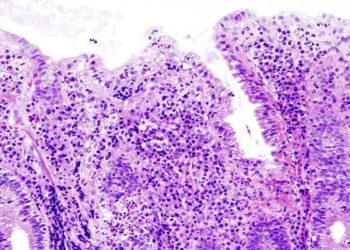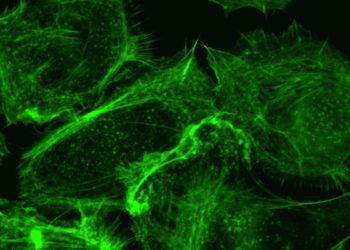Pathological computed tomography features associated with adverse outcomes after mild traumatic brain injury
1. For mild traumatic brain injury, various pathological findings were associated with different prognostic implications for mild traumatic brain injury up to 1 year.
Evidence Rating Level: 2 (Good)
An acute traumatic brain injury (TBI) is characterized by various forms of intracranial hemorrhage observed on a computed tomography (CT) scan. The association between different findings on CT and prognosis has been researched extensively for moderate and severe TBI, but not for mild TBI. This is because impairments from mild TBI tend to be more subtle, thereby requiring larger study populations to make prognostic determinations. The current longitudinal study examined mTBI patients at 18 American Level 1 trauma centres at 2 weeks, 3, 6, and 12 months after injury. These results were then externally validated with another longitudinal cohort of 2594 mTBI patients from 55 European trauma centres. Patients with mTBI were those with Glasgow Coma Scale scores of 13 to 15 upon presentation to the emergency department. The primary outcome was the Glasgow Outcome Scale-Extended (GOSE) score, an 8-point scale measuring global function after TBI: Incomplete recovery was defined as a GOSE score less than 8, and greater degrees of unfavourable outcomes was defined as a GOSE score less than 5. Three categories of CT findings emerged from cluster analysis: The first category consisted of contusion, subarachnoid hemorrhage (SAH), and subdural hematoma (SDH); the second consisted of intraventricular and petechial hemorrhage; and the third consisted of epidural hematoma. The results showed that the first cluster was strongly associated with incomplete recovery from 2 weeks to 12 months, with odds ratios ranging from 1.67 at 6 months (95% CI 128-2.17) to 2.22 at 2 weeks (95% CI 1.61-3.06). This cluster was also associated with greater degrees of unfavourable outcomes from 2 weeks to 12 months (OR 2.14, 95% CI 1.48-3.10 at 2 weeks; OR 3.23, 95% CI 1.59-6.58 at 12 months). The second cluster of CT features was significantly associated with unfavourable outcomes at 3, 6, and 12 months (OR 2.37, 95% CI 1.14-4.92 at 3 months; OR 3.47, 95% CI 1.66-7.26 at 12 months). Lastly, epidural hematoma was associated with incomplete recovery at the earlier time points (OR 3.08, 95% CI 1.27-7.49, p = 0.01 at 2 weeks; OR 2.33, 95% CI 1.28-4.24, p = 0.006 at 3 months). Overall, various pathological features on CT were associated with different prognostic outcomes for mild TBI, with recovery being impacted anywhere from 2 weeks to 12 months after injury.
Click to read the study in JAMA Neurology
Image: PD
©2021 2 Minute Medicine, Inc. All rights reserved. No works may be reproduced without expressed written consent from 2 Minute Medicine, Inc. Inquire about licensing here. No article should be construed as medical advice and is not intended as such by the authors or by 2 Minute Medicine, Inc.








